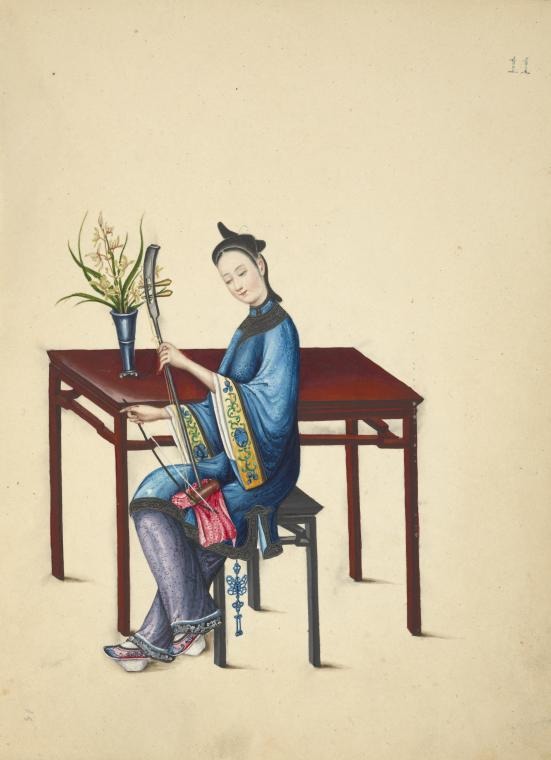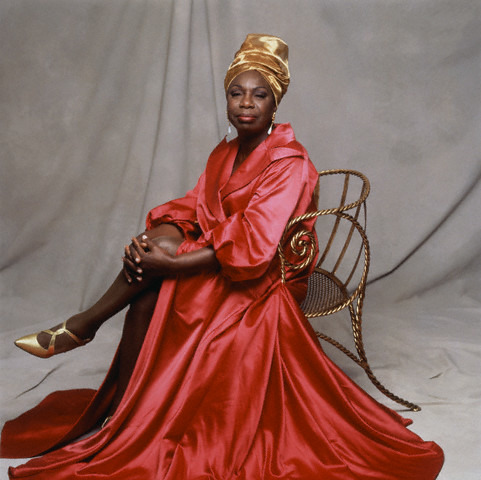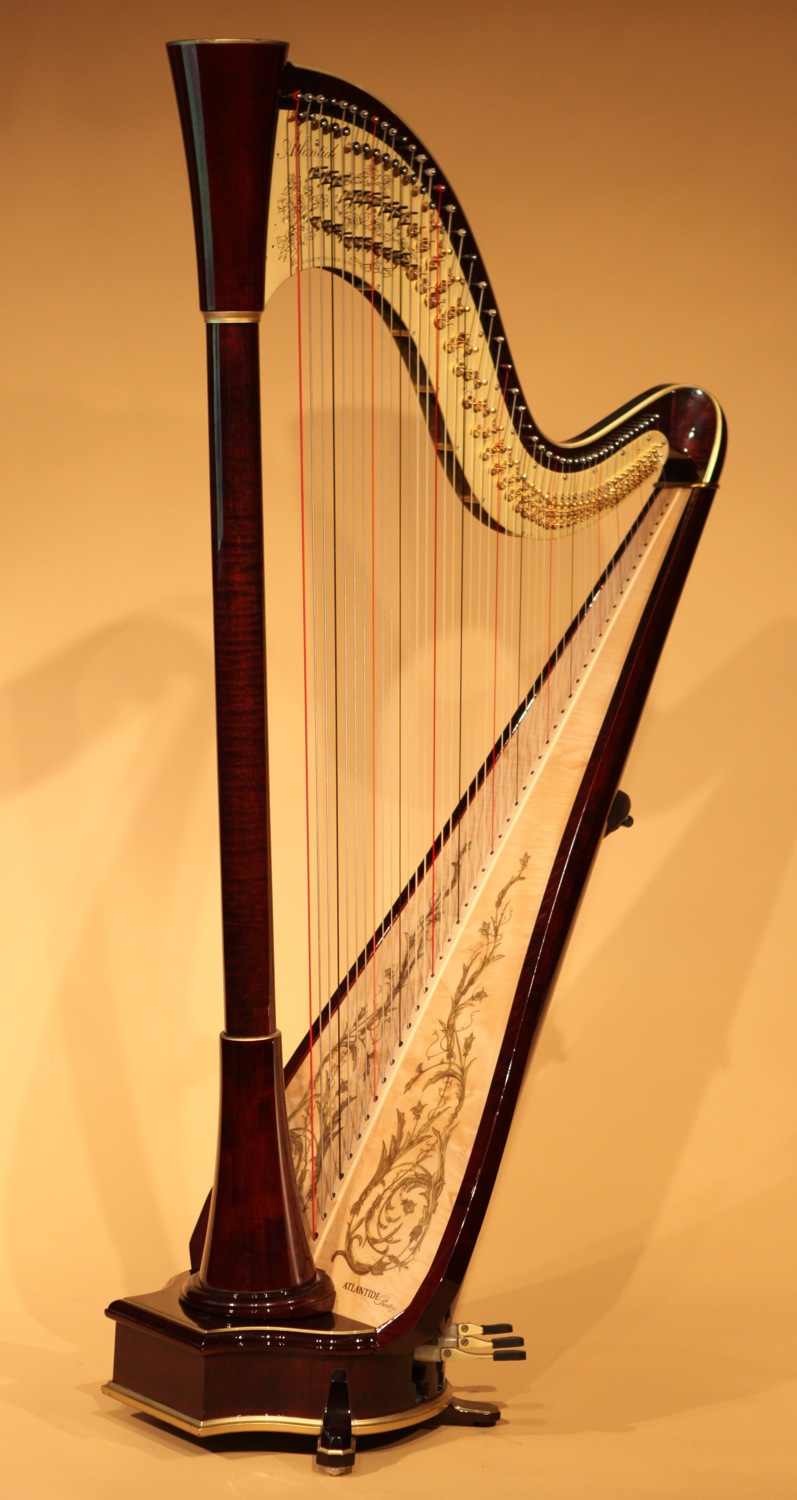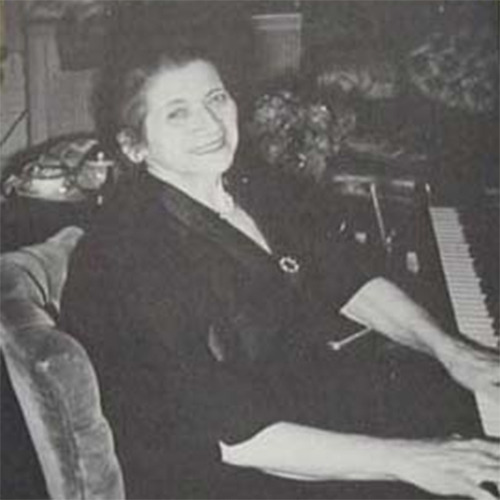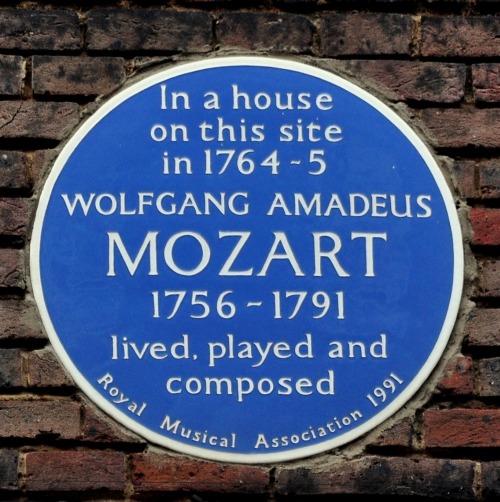I’m going to face up to a harsh reality here. The clarinet repertoire is small. Admittedly, it’s not as meagre as certain other instruments’ (which I will not list here for fear of opening up innumerable cans of worms), but
Blogs
Who’s on your banknote? We took a survey of European bank notes and found a gratifying number of women singers and one composer who’ve appeared, past and present. Between 1996 and 2003, the Swedish Riksbank produced the Jenny Lind 50-kronor
We are very familiar with the instruments of Western classical music, most of which appear in Western orchestral music. This new series will look at musical instruments outside the American / European tradition, beginning with China.
Can you be a true artist without reflecting the times, without a compelling message? Nina Simone, the “High Priestess of Soul,” was one of the first African American women who openly expressed her feelings and philosophy through her music during
Now that we’ve had a complete tour of the orchestra with a look at all the principal instruments, we can do one last look at the rarely-used instruments that are called for by composers. In the strings, we have the
Isabelle Vengerova. Her students would wait in fearful anticipation dreading her bitingly acerbic pronouncements—to name a few—Samuel Barber, Leonard Bernstein, Lucas Foss, Gary Graffman, Abby Simon, Gilbert Kalish, Lillian Kallir and Menahem Pressler, an illustrious group of musicians, pianists and
Classical music and comedy might seem a weird juxtaposition, but there have always been classical music jokesters even in Haydn’s day. His Symphony No. 45 the Farewell instructs the musicians to blow out their candles, which lit their music, and
As you walk around the cities in Europe, read the walls. In London, Blue Plaques tell you about the famous people who lived in ‘a house on this site.’ If you’re at 20 Frith Street in London, look up for



